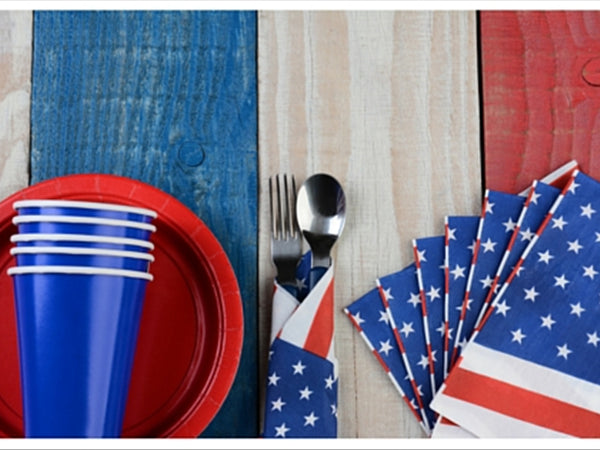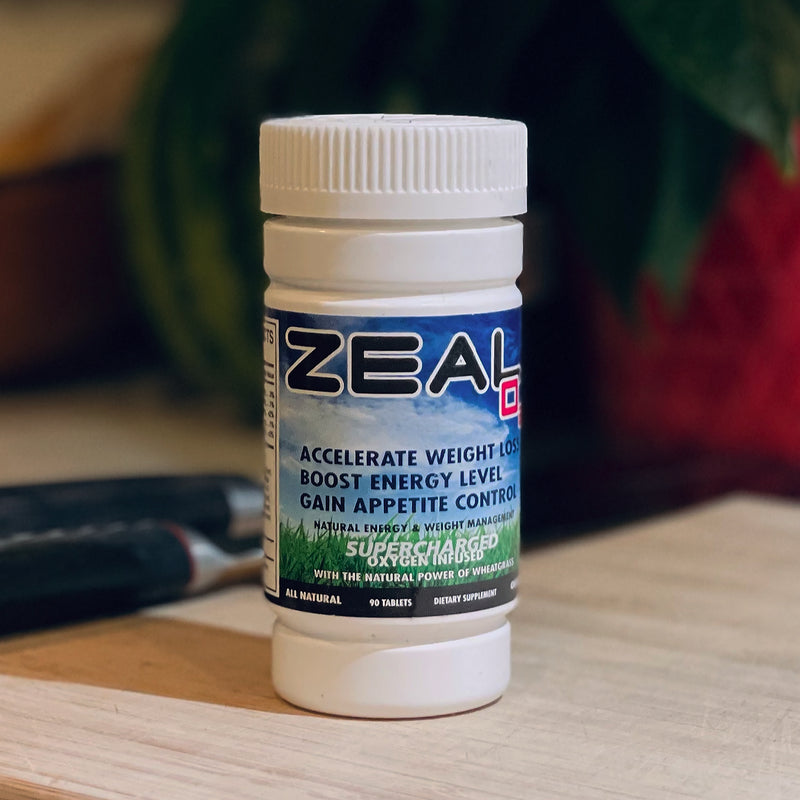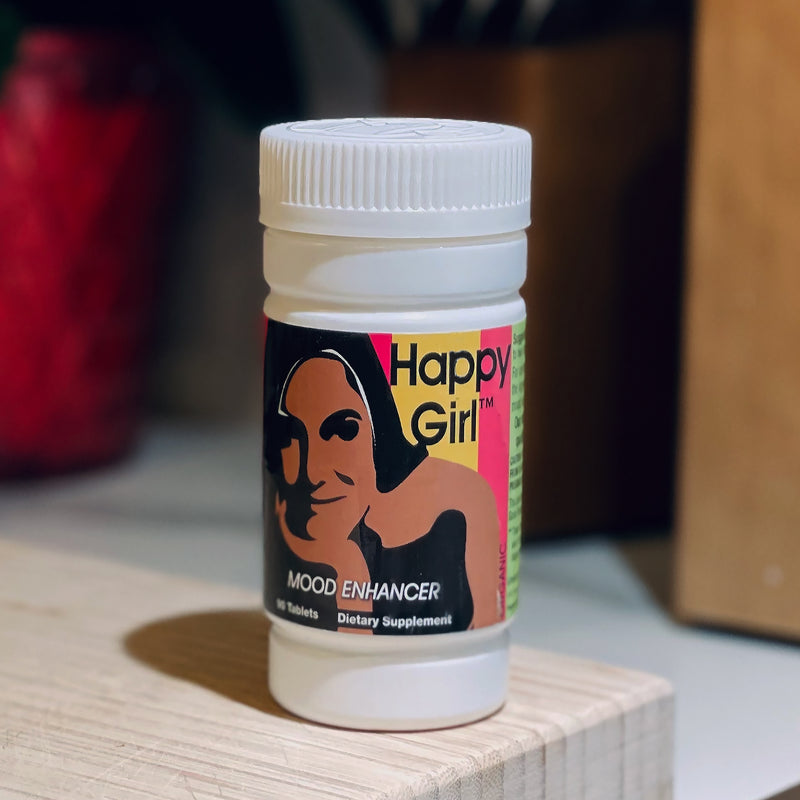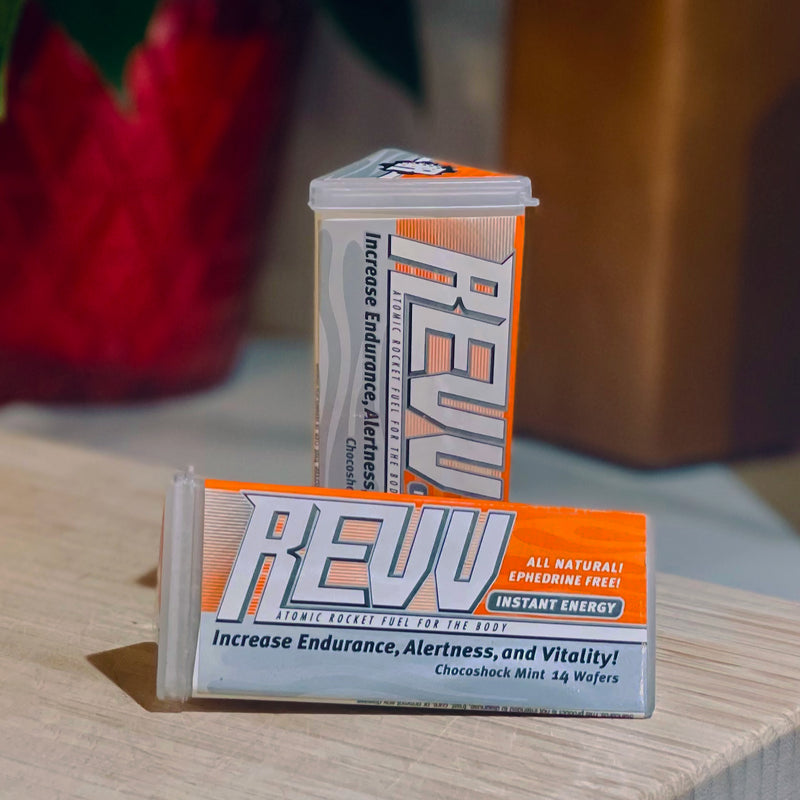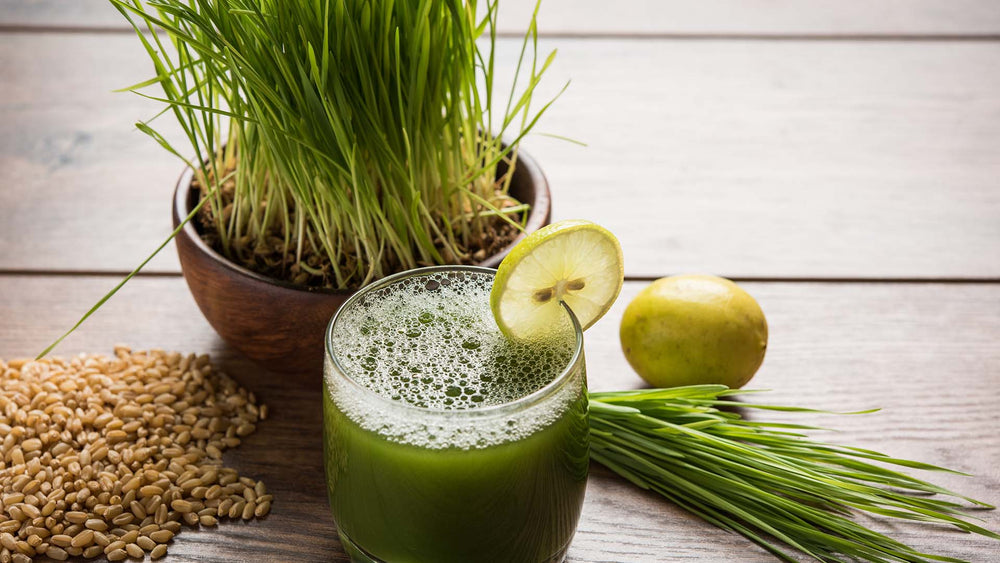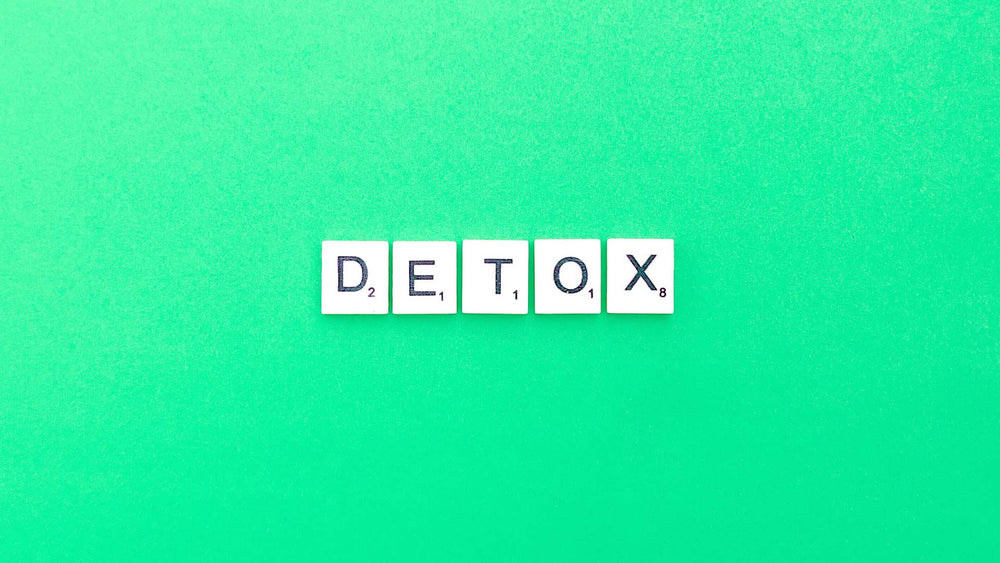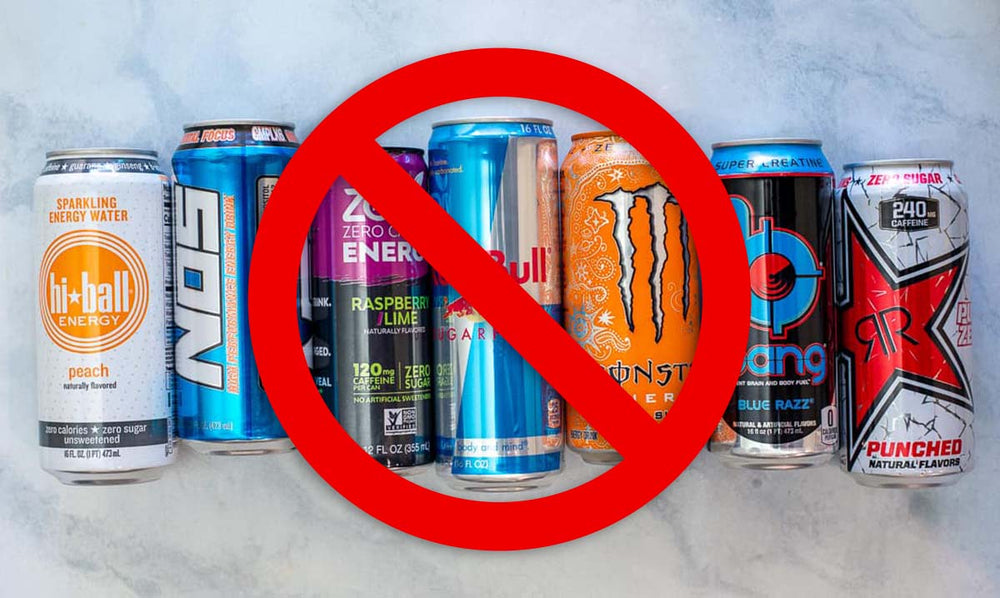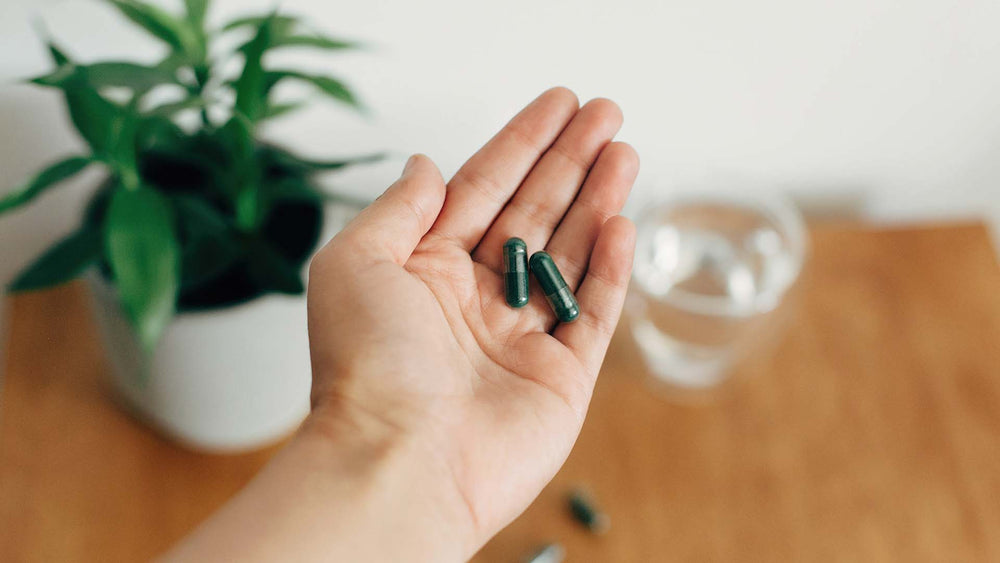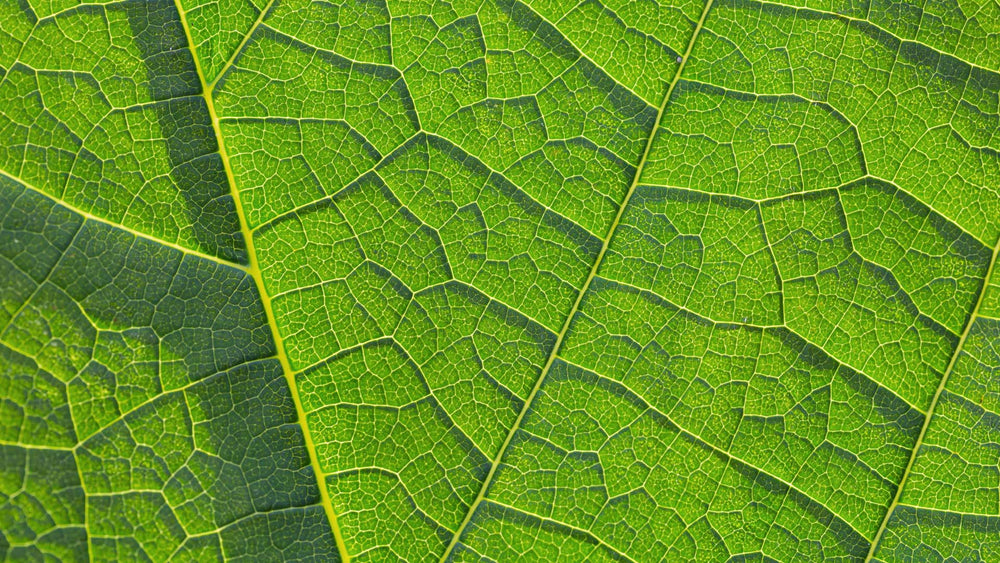Celebrating the Fourth of July outdoors with family, friends and food is an American tradition. Whether you’re frolicking at the beach, getting together with family, friends (and friends of friends) at the park, or enjoying a small get-together in your backyard, there are many ways to guarantee a safe and enjoyable picnic on the Fourth of July – or on any summer weekend.

Menu Preparation for Your Picnic
The extent of preparation needed for a Fourth of July picnic depends on a few different factors, including the number of guests and where the picnic will be held. If you’re having a backyard picnic for the family and a few close friends, you probably know your guests’ likes and dislikes by heart. Planning for a bigger picnic, however, can be challenging.
When determining the menu for your picnic, consider your guests’ interests and any health concerns they may have. Are some of your guests vegans or vegetarians? How many children will be attending? Is there a guest with asthma or diabetes? If you include at least a few healthy, homemade salads and other dishes, you’ll have enough of variety to satisfy your whole guest list, even if you don’t know much about your guests’ eating habits. It’s only natural to include hot dogs, hamburgers and chips in your picnic basket, but consider low-cal substitutes like vegan hot dogs, veggie burgers and kale chips. Buy organic or grass-fed beef instead of cheap steak or burger patties. Include sandwiches as a main dish choice for light eaters (or as a side dish for heavy eaters)! Even dieters can enjoy a delicious picnic filled with these nutritious foods.
Bring sliced fruits and veggies, sunflower seeds and unsalted nuts to your picnic as an alternative to chips, pretzels and other processed snacks. Use plastic and stackable cups and utensil to save space.
Will there be children at your picnic? If so, be sure to include finger foods, like tiny sandwiches, healthy chips, cut-up fruits, cheese and crackers suitable for toddlers and young kids.

Healthy Recipes and Food Ideas
Instead of using bottled lemonade or powdered lemonade drink mixes, get creative and make your own. Almond Raspberry Lemonade is a refreshing variation on traditional lemonade, minus sugar and preservatives. Or you might bring a pitcher of homemade smoothies to enjoy. And don't forget to include plenty of good ‘ole plain bottled water in your cooler to keep everyone hydrated.

For a healthier dip, try White bean artichoke dip which contains garlic, cayenne pepper, lemon juice, olive oil and protein-rich white beans. Who says picnic foods have to be bad for you?
Surprise your guests with a Summer Confetti salad. It only takes 20 minutes to make, and it will liven up your holiday with edeamame (soy), fresh corn, bell pepper, green beans, avocadoes and jalapeño.
For a different main dish hot off the grill, there’s Grilled Chicken Breast with Spicy Peach Glaze. 300-calorie Barbecued Salmon and Snap Pea Slaw and Grilled Halibut with Fresh Mango Salsa are just two delicious ways to include this Omega 3 rich fish on your picnic.
Offer barbecued pork along with the usual hamburger and steaks as a main dish.
If you’re having a simple picnic, sans barbecue, try something other than a run-of-the mill roast beef or turkey sub – the mushroom, avocado, lettuce and tomato B.L.A.T. is perfect for vegans.
Check out other ideas, including Dill and Yogurt Chicken Salad Sandwich, here.

Soft cheeses, including Camembert and Brie, are better suited for hot weather than hard cheeses, which tend to go oily when left out in the heat. For dessert, pack oatmeal cookies, brownies, tea cakes and other items that won’t need ice or refrigeration. You can make your picnic menu healthier by using olive oil to prepare salads and other side dishes ala the Mediterranean Diet.

Safe Barbecue Tips
Improper grilling techniques may lead to cancer. When you’re barbecuing outdoors (or broiling or frying at home), you run the risk of creating heterocyclic amines (HCAs). These chemicals are formed when meats are cooked at temperatures above 300 degrees, or cooked for long periods.
Polycyclic aromatic hydrocarbons (PAHs) form when fat from grilled food drips on coals or briquettes and creates smoke. The PAH in smoke makes its way into food and increases cancer risk. Using a smoker to prepare meats elevates the PAH level even more.
You don’t need to skip grilling to stay healthy – just take a few precautions to ensure a safer barbecue.
- Buy lean cuts of meat or trim fatter cuts of poultry and meat. Use a pan or foil to catch drippings and prevent extra smoke
- Make sure flames don’t touch food. Grill at temperatures less than 400º , preferably at 350º.
- Marinate grilled foods in rosemary, oregano, sage, mint or basil to add flavor and stop HCAs from forming. Even marinating for 10 minutes reduces the chance of HCA formation.
- Turn burgers and other food every minute to lower HAC production by as much as 95%.
- Removed charred meat from burgers and steaks.
- Don’t use gravy made from meat drippings.
When serving barbecued foods, check for stray bristles from the bristle brush you use to cover meat with sauce. As soon as grilled food is hot and ready, move it to the side of the rack. This keeps it away from the coals and prevents overcooking.

Plan the Right Time and Place for Your Picnic
You can have a picnic anywhere – in a park, in a forest preserve, on a beach, or in your backyard. When setting a time and place for your picnic, make sure it’s a location all your guests can get to easily and quickly. Make sure there’s adequate seating for guests. If the picnic area doesn’t have enough tables, bring folding tables and chairs or ask your guests to bring their own chairs. If you’re having a cozy picnic with just a few friends, you may opt to bring a few blankets and sit on the grass or beach.
Store foods in an insulated, ice-packed cooler at 40ºF or below to prevent bacteria from forming while you transport them. Keep the cooler in a shady area once you arrive at the barbecue. Use a domed lid or colander to keep bugs away from food between servings – don’t leave food out in the open and unattended where heat and insects can increase the chances of food poisoning and worse.

Food Storage Tips
- Prevent food-borne bacteria by keeping food at proper temperatures and packing it safely (or throwing it away) after the meal has ended. Food shouldn’t sit out for the entire duration of your picnic. All foods, hot or cold, shouldn’t sit outside for more than 2 hours, or 1 hour in temperatures over 90º F.
- Wash fresh fruits and vegetables with running water before packing them in your cooler. Scrub melons and other fruit with firm skin using a fruit-cleaning brush. Germs and bacteria on fruit and vegetable skin can enter the food after you cut it. Packaged salads and fruits don’t need to be washed before serving. You can give them give them a rinse with tap water if you want, but it’s not necessary.
- Keep pasta and potato salad chilled until serving. Mayonnaise usually isn’t the culprit when someone becomes sick after eating potato salad. Tuna, eggs, potatoes and pasta are more likely to cause problems. Keep the individual ingredients chilled before making the salad, and then keep the finished salad cool until it’s time to eat.
- Prepared salads made with lettuce or other vegetables should be chilled before the picnic and kept in a cooler after serving. Place cut fruits and veggies in a cooler or on a bed of ice after serving.
- Place cold desserts in a small container, and put it in a deep pan containing ice cubes or crushed ice. Drain water after ice melts and replace with new ice frequently.
- Pack prepared foods in lightweight, resealable containers.
- Hot food should be kept at 140º F

How to Keep Insects Away From Your Fourth of July Feast
Holiday picnics are fun, but there’s no way to avoid sharing the great outdoors with insects. Keep them out of your immediate space – and your food – with the following tricks.
- Use rosemary, garlic or mint in your dishes, or bring a small pot of mint to decorate the picnic table. Insects hate these herbs and will make a quick getaway at first whiff.
- Citronella candles, grapefruit essential oils, orange peels or any citrus smell will keep insects away.
- Bring a small, battery-operated fan to your picnic. Set it on low or medium to keep bugs away. The breeze will offset the food smells that attracts insects to your festivities in the first place.
- Avoid having your picnic near a lake or pond. It may look appealing, but the water is a big draw for mosquitoes.
Don’t forget to bring plenty of moist towelettes for picnickers to clean up after eating. Bring paper towels and trash bags for cleanup. You might also want to bring a jug of water or some antibacterial soap in a pump dispenser for a more thorough cleanup after handling food and cooking.
If you’re having a simple sandwich and salad picnic with a few friends, you won’t need to worry about cooking implements. If you’re BBQ-ing onsite, you’ll need to pack a bit more. As the chef and master of ceremonies, you’ll need to bring tongs, serving spoons, a cutting knife with a cover, a small cutting board and bottle opener.

Safe Outdoor Eating and Serving Tips
A survey by The Academy of Nutrition and Dietetics revealed that most Americans don’t use safe outdoor cooking and storage methods.
Keep your picnic enjoyable and your food healthy by following these tips:
- Use different plates and storage containers for raw and cooked foods to prevent cross-contamination.
- Marinate food in your fridge, and don’t reuse the marinade on raw meat or poultry unless you boil it first.
- Remember to bring a food thermometer make sure food is thoroughly cooked. Hamburger should be 160º F, chicken 165º , fish 145º medium steak, 160º and well done steak, 170º.
- Don’t partially grill fish, poultry or meat and finish cooking later. Grill completely during one session.
- Ensure coolers stay closed after picnickers choose a beverage to keep beverages cold.
- Make sure meat, fish and poultry are defrosted before putting them on the grill.
If you’re transporting food to the picnic, keep the cooler in the back seat of your air-conditioned car instead of in the trunk. Save the trunk for non-perishable items (tablecloths, plates, silverware, plastic cups and utensils) and packaged snacks like nuts and chips. If you’re using canvas bags (or other reusable grocery bags) make sure to wash them or wipe them with a damp cloth before using them to transport fruits or veggies.
Fill up your cooler. It will retain its cold temperature longer than a partially filled cooler. Keep beverages in one cooler and food in another. Your guests will open your drink cooler a lot more than your food cooler, allowing food to stay colder longer.
Ketchup, mustard and mayonnaise bottles are safe to leave on the table, since they’re acidic, but keep them closed. To prevent messes and save money on condiments, you may want to use individual condiment packages. Bread, rolls and crackers won’t spoil if you leave them out, but cover them to prevent bugs from swarming.
Cleaning Up After Your Fourth of July Picnic
Clean the grill immediately after use and pout all refuse in covered garbage cans to keep rodents and insects away.
If you’re grilling away from home, bring a jug of water and cloth from home to rinse dirty dishes, or use a water pump if the picnic area has one with clean water. Pack up dirty dishes that held cooked food in one bag; pack dishes that held raw meat in another bag for safe transport back to your kitchen.
With a little bit of planning, you can avoid culinary mishaps, food poisoning and other picnic-hampering problems and enjoy your Fourth of July with family and friends.
What are some of your favorite healthy picnic recipes for the Fourth of July or other summer outings?

